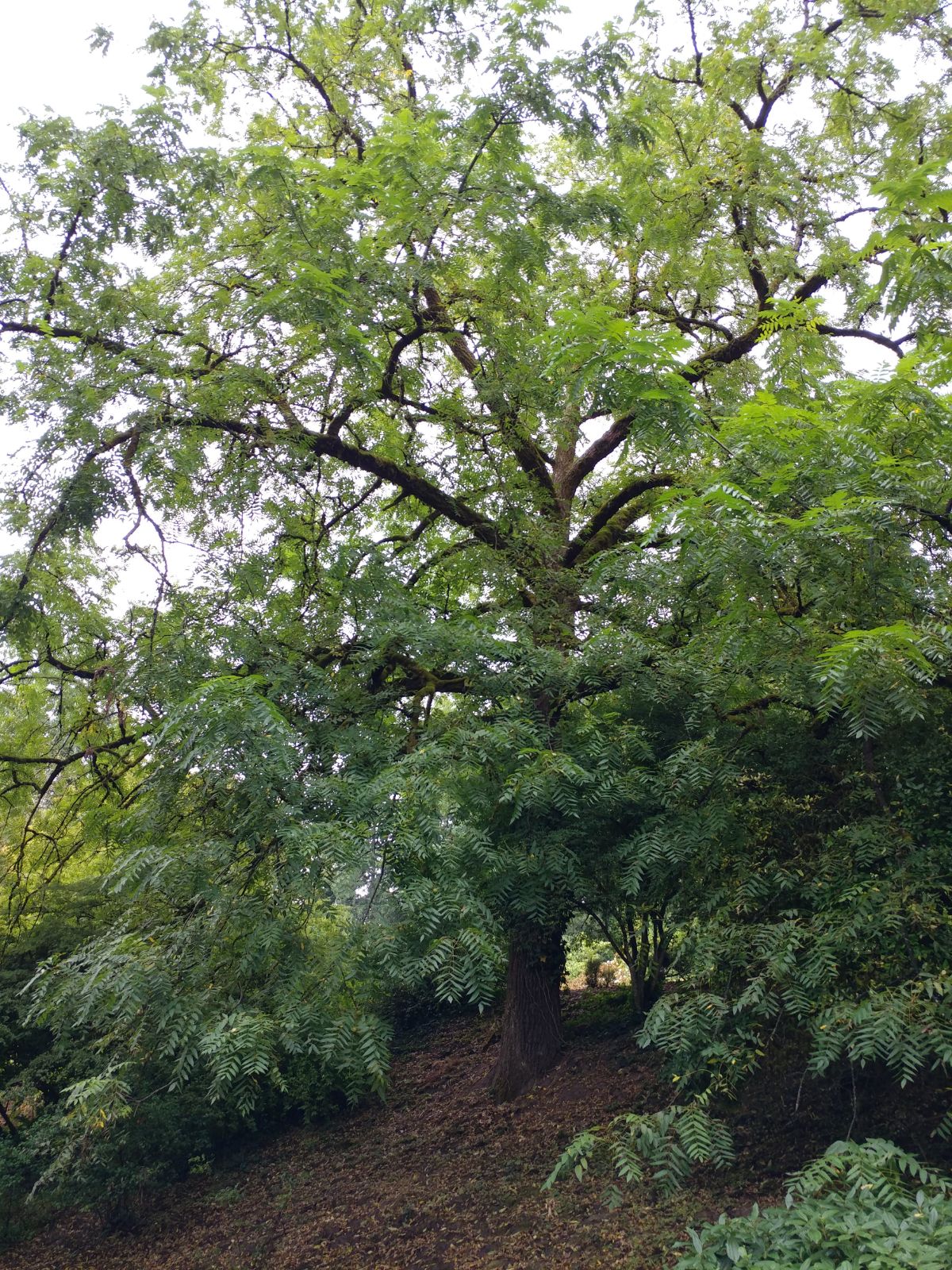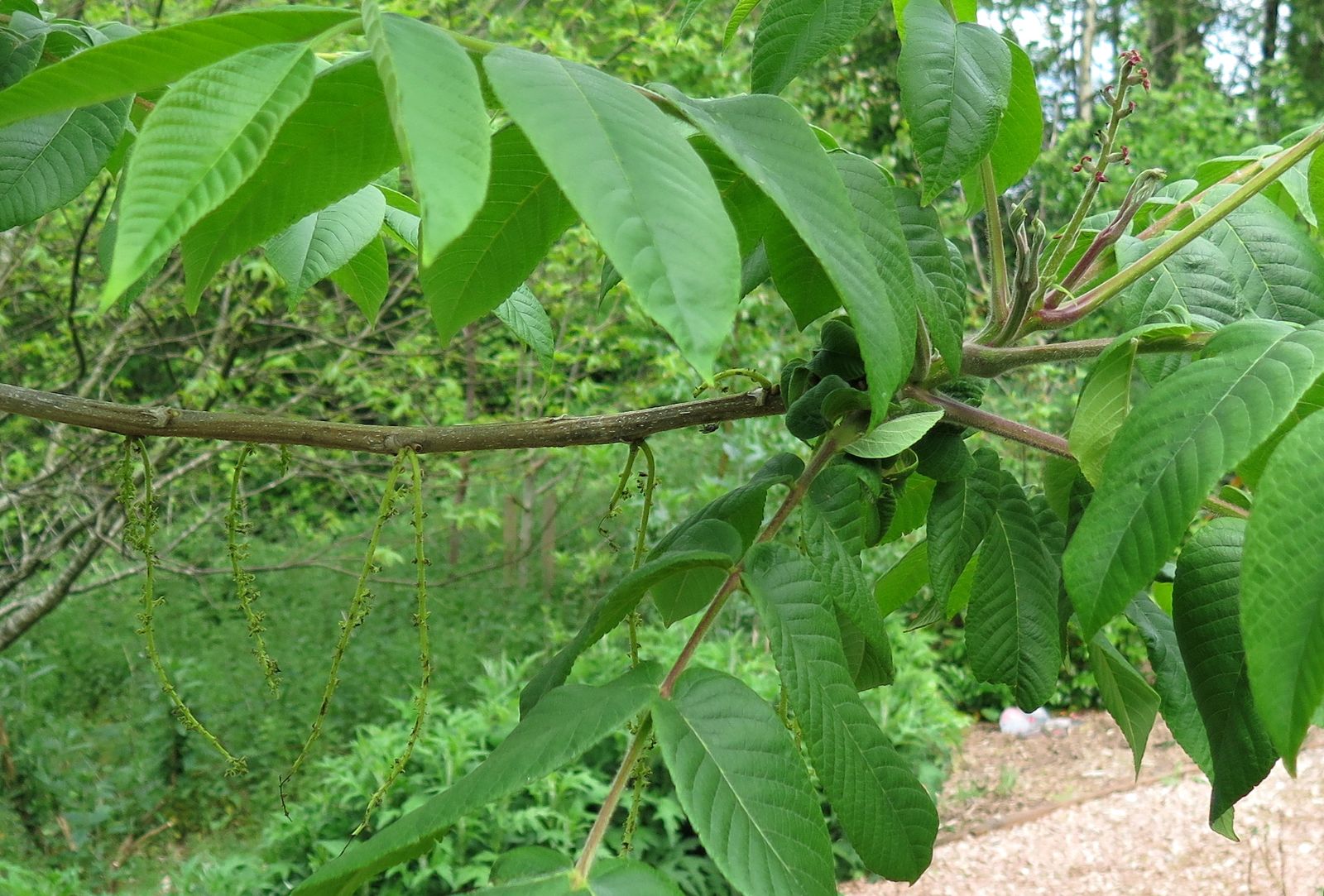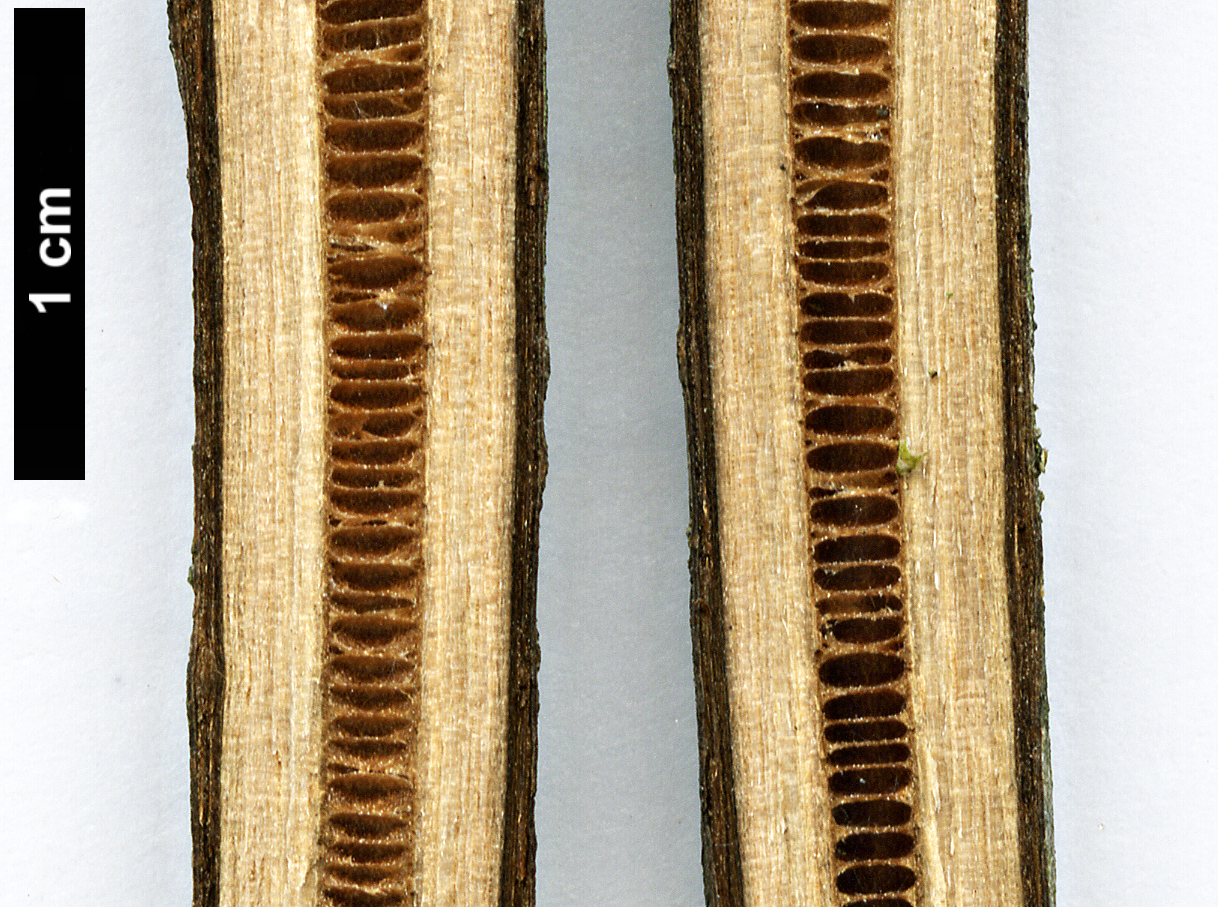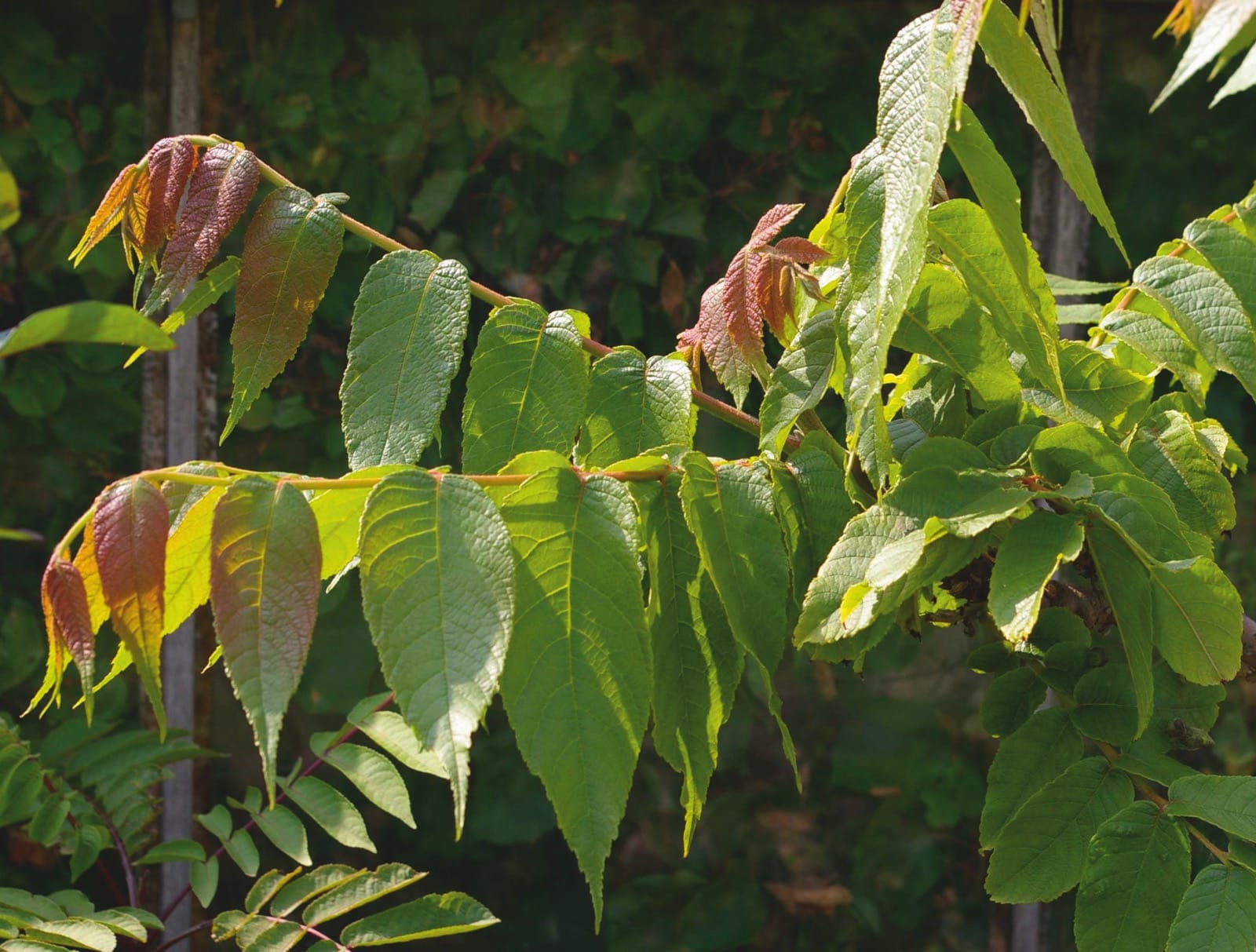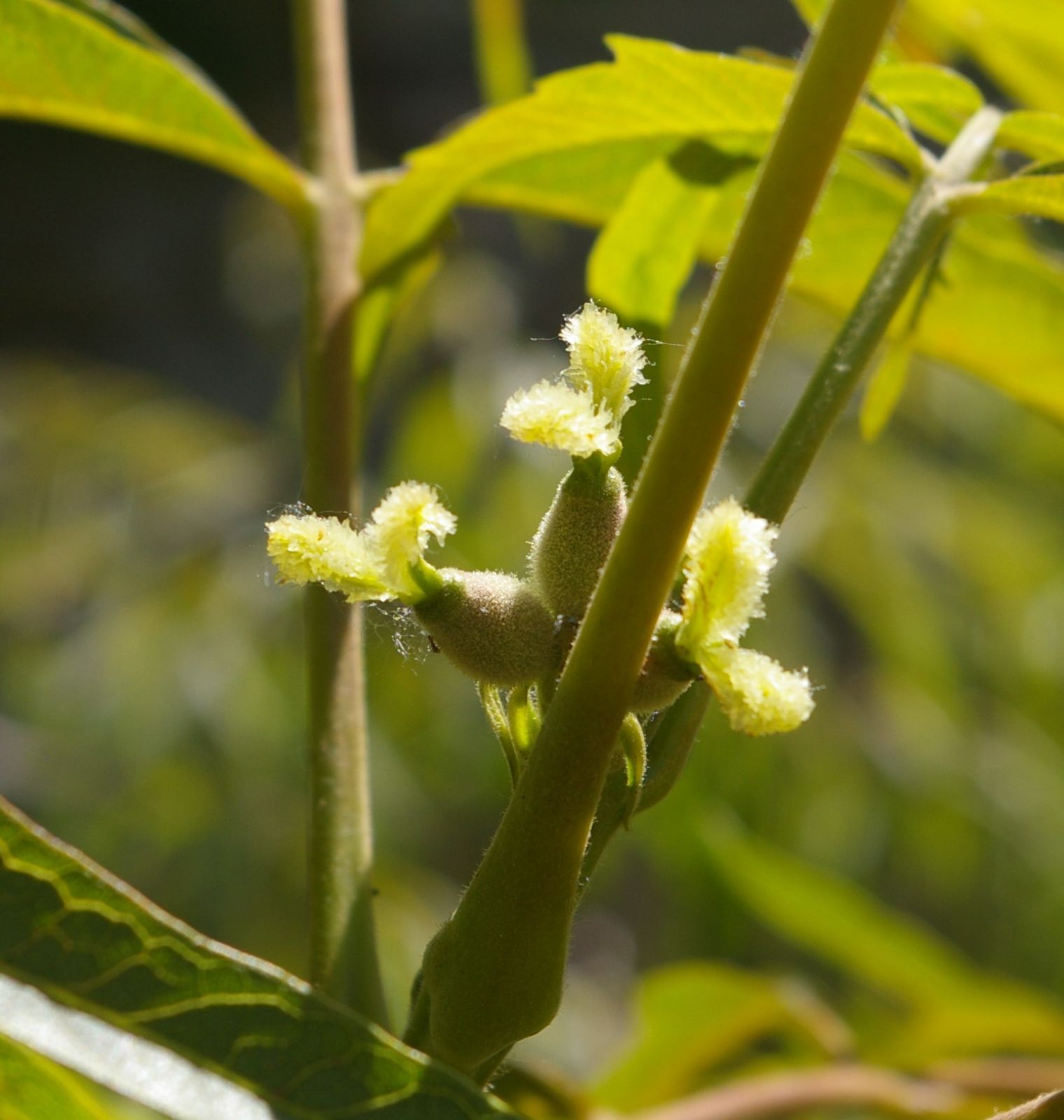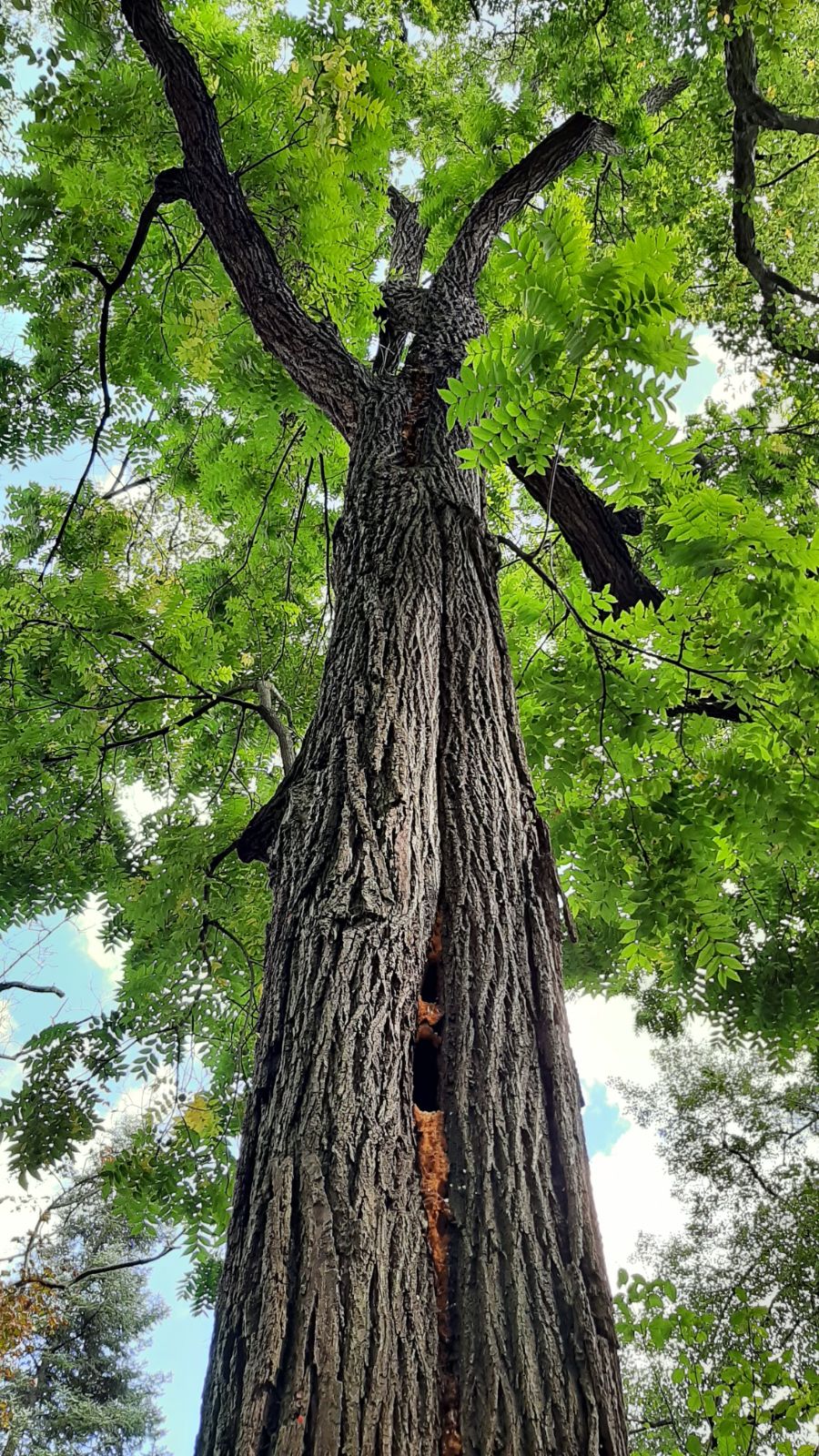Juglans
Sponsor
Kindly sponsored by
a member of the International Dendrology Society
Credits
Julian Sutton (2019)
Recommended citation
Sutton, J. (2019), 'Juglans' from the website Trees and Shrubs Online (treesandshrubsonline.
Family
- Juglandaceae
Common Names
- Walnuts
Species in genus
- Juglans ailantifolia
- Juglans × bixbyi
- Juglans californica
- Juglans cinerea
- Juglans cinerea × mandshurica
- Juglans hindsii
- Juglans hirsuta
- Juglans × intermedia
- Juglans major
- Juglans mandshurica
- Juglans mandshurica × regia
- Juglans Mexican Species
- Juglans microcarpa
- Juglans mollis
- Juglans nigra
- Juglans × notha
- Juglans olanchana
- Juglans Paradox hybrids
- Juglans pyriformis
- Juglans × quadrangulata
- Juglans regia
- Juglans sigillata
- Juglans × sinensis
- Juglans steyermarkii
A genus of about 20 living species, distributed throughout temperate Eurasia, the Americas – in both temperate and upland tropical regions – and the Caribbean islands.
Deciduous woody plants ranging from multistemmed shrubs to large forest trees. Branchlets thick, usually hairy when young, with chambered pith and distinctive leaf scars, which are of use in identification. Leaves pinnate, often large, variably hairy (hairs most visible on young growth). Both leaves and shoots are strongly aromatic, especially when young, and with practice this aroma can be helpful in identification. Plants monoecious, with separate male and female inflorescences. Female inflorescence a more or less erect spike, usually terminal on new growth, sometimes becoming pendulous in fruit; male inflorescence a pendulous catkin, lateral on old growth. Fruits solitary or in small clusters, each being a hard-shelled, drupe-like nut surrounded by a dehiscent or indehiscent husk. (Bean 1981; Lu et al.1999; Grimshaw 2004; Kozlowski et al. 2018)
Most walnuts are grown primarily for their nuts or timber. Nonetheless, with their diverse crown forms and pinnate leaves they can make very attractive – even imposing – specimens in the landscape. Where only one or a few individuals are to be planted for landscape effect it is still worth considering cultivars selected for nut or timber qualities in preference to anonymous seed-raised specimens.
Juglans was recognised as a genus by Linnaeus in his Species Plantarum of 1753. The name comes directly from the Latin word for a walnut or walnut tree, which is itself a contraction of Jovis glans (Jupiter’s acorn). The walnuts’ closest relatives are the wingnuts (Pterocarya), the hickories and pecans (Carya), and a single species each of Cyclocarya and Platycarya (Manos et al. 2007; Mostajeran et al. 2017). Juglans is easy to distinguish from Carya by its chambered pith, seen by splitting a twig lengthwise, and from the remaining genera by its wingless fruits containing large, thick-shelled nuts. The recent work of Kozlowski et al. (2018) gives a broad, copiously illustrated overview of the family. For those who read German, Frei (2019) treats the family thoroughly, Juglans in particular, from a Central European perspective, with an interesting emphasis on its place in human culture.
These genera diverged early in the Tertiary period, with fossil fruits of an unambiguous Juglans dated to about 48 MYA found in western North America (Manchester 1987). Living walnut species fall into three distinct groups, plus one more ambiguous species. These groups have long been recognised, but their evolutionary relationships are only now being elucidated (Zhang et al. 2019 and references therein). Most living species belong to Section Rhysocaryon, the black walnuts of the Americas, which are in the words of American taxonomist Wayne Manning, an expert on Juglans, ‘so closely related that it is difficult to distinguish them’ (Manning 1957). The Asian white walnuts (Section Cardiocaryon) are here treated as a single variable species, J. mandshurica. (There is no standard English name which adequately covers this group; we adopt the term Asian white walnuts, or simply white walnuts, as the most useful and least ambiguous of the existing options.) These two present-day groups appear to have diverged early in the history of the genus, around 45 MYA. A third group, Section Juglans, is based on the variable Common or Persian Walnut, J. regia; at various times other segregate species have been described, including J. sigillata, which we recognise in this account. A thorough phylogenomic study has revealed Section Juglans to have arisen around 3.5 MYA, through hybridisation between a black and a white walnut (Zhang et al. 2019). One species has proved difficult to classify. The Butternut of North America, J. cinerea, has features in common with both white and black walnuts. It has sometimes been placed in its own Section Trachycaryon, and sometimes with the white walnuts. The same phylogenomic study reveals this species to be the result of massive introgression from a white walnut into a black walnut genome less than one million years ago.
We describe here only the walnuts of Eurasia and North America (including Mexico). Further species grow in South America, following the line of the Andes, and on some Caribbean islands (Manning 1960). None of these are likely prospects for cultivation anywhere in our area without protection. All belong to Section Rhysocaryon, and their ancestors are presumed to have colonised from North America. The most widespread are J. neotropica Diels (NW Venezuela to N Peru), J. boliviana (C. DC.) Dode (central Peru to N Bolivia) and J. australis Griseb. (S Bolivia to N Argentina); two others are much more local. It is perhaps significant that there is no overlap in these species’ ranges. The walnut of the Caribbean islands is J. jamaicensis C. DC.; its nuts have washed ashore on British and Irish beaches (Quigley et al. 2016).
Walnuts pose problems for those who would attempt to classify them. A naive image of populations diverging over time to become new, reproductively isolated species simply does not fit. The walnuts of the North temperate zone, which concern us here, have experienced rapid, recent, repeated shifts in range during the Pleistocene, contracting to refugia during ice ages then spreading out again during warmer interglacials (Milne & Abbott 2002). This can lead to populations which have been isolated for thousands, or tens of thousands of years with the opportunity for modest divergence, to come into contact and potentially hybridise. The experience of cultivation is that barriers to breeding within the genus are few and weak. One result of repeated divergence and hybridisation is complex, effectively unclassifiable variation in the walnuts of Asia. Of course, these issues exist in other genera, but in Juglans they are writ large.
All this might imply that reproduction in both wild and cultivated walnuts is a free-for-all, with all possible hybrids cropping up regularly. In reality the facts of geography, relative abundance in cultivation and the low fertility of some hybrids mean that only certain groups of hybrids are really significant. Hybridisation (mostly natural) among the black walnut species is diffuse and none are of especial significance in cultivation: we mention these in passing in the species accounts. Crosses between Persian Walnut and black walnuts are significant: here we describe J. × intermedia as well as the rather ill-defined but practically useful category Paradox hybrids. Thirdly, there is a variable ragbag of hybrids, generally fertile and freely backcrossing, between J. cinerea and J. mandshurica. Finally, of less significance in cultivation, there are hybrids between J. regia and J. mandshurica: these are mentioned here under J. × sinensis, for what it’s worth.
All Juglans species are wind pollinated, with seed dispersal by animals. Many diffuse observations show nuts of the various species being taken (and so presumably dispersed) by a range of rodents and birds, but in general squirrel species seem to be most significant. Not surprisingly, squirrels are major pests for commercial nut growing; diverse methods of coping, deterrence, repulsion and control are used (Crawford 2016). In those few species, which grow beside streams and rivers, dispersal by water is also a possibility.
Heterodichogamy is the situation in which two morphs exist within a plant population, one whose male flowers become fertile before the female flowers and one in which the situation is reversed. This minimises self-fertilisation. If male and female flowering times overlap, there may be a degree of self-fertility. The collective experience of commercial nut growers (Crawford 2016) coupled with research on natural populations (for example Gleeson 1982; Bai et al. 2007) suggests that heterodichogamy is probably the norm in this genus. Since clonal cultivars represent a single genetic individual, this is an important observation for nut producers who must mix cultivars carefully. Self-fertile clones are especially valuable in gardens where space allows only a single walnut tree.
Allelopathy is the release into the environment by plants of substances, which in some way inhibit the growth or reproduction of other plants. The toxicity to animals of Juglans species has long been understood and utilised, for example by Native American peoples (Moerman 2019). Inhibitory effects on other plants have been documented since Roman times; a large literature, ranging from the anecdotal to the rigorously scientific, is well summarised by Willis (2000). Toxic effects are usually attributed to the alkaloid juglone being released into the soil by roots, although other substances may also be involved. It is not at all clear whether the tree gains any competitive advantage through allelopathy, or whether it is a secondary effect of toxins whose primary role is in defence of the plant against insects or fungi. Effects seem to increase over time, presumably as root systems spread and juglone accumulates in the soil. Allelopathy is best documented in Juglans regia and J. nigra, but other species are likely to have some effect. Confusing and contradictory lists of ‘resistant’ and ‘tolerant’ companion species are frequently seen, but even J. nigra is not universally detrimental and mixed cropping systems are possible (Scott & Sullivan 2007). The nitrogen fixing Eleagnus umbellata makes an effective nurse tree, at least in the short to medium term.
Juglans are greedy feeders and appreciate rich, moist ground. Most species thrive best in areas with long hot summers, provided there is sufficient moisture. Spring frosts are the biggest threat to the successful growth of Juglans species, and plants should be sited to minimise the risk of such damage. Tree cages or nurse trees (if they survive allelopathic effects) are very helpful in establishing walnut trees. A number of fungal and bacterial diseases can be a problem – especially in commercial situations in North America – but the most alarming is butternut canker, which is killing trees of J. cinerea across its range. Propagation is by seed (with the caveat that hybrids can be expected from arboretum-grown nuts) or by grafting onto a stock of a related species. Plants should not be confined to pots for longer than is strictly necessary, to avoid contortion of the long, robust tap roots (Grimshaw 2004; Grimshaw & Bayton 2009); Air-Pot® containers should be used whenever possible. Nuts can be sown in a small-size Air-Pot® and potted-on as required, but, as always, rodents must be carefully excluded. Serious productive nut growing is beyond the scope of Trees and Shrubs Online; Crawford (2016) provides an accessible, up-to-date and generous guide to domestic and small-scale commercial production of various Juglans, as well as other nuts.
Two British collections are particularly useful for those wishing to study walnut species. Westonbirt Arboretum, Gloucestershire, holds a large collection of mostly accurately identified North American and Asiatic species, including reasonably mature specimens of many. Ian Bond’s collection at Upton Wold, Gloucestershire, lacks mature trees but includes a wide range of species and many cultivars; it is most unusual in including several Mexican species grown without protection.
The identification key, modified from Grimshaw (2004), covers all Asiatic and North American species. Mexican species are too little known in cultivation, and can differ significantly from their wild appearance, so are omitted. So too are the many walnut hybrids, which may vary too much to clearly be placed in a key. Leaf scars remain visible for several years, enlarging and becoming distorted as the stem thickens. Several of the most recent batches of scars should be examined. Several leaves from more and less rapidly growing shoots should also be compared.
Identification key | ||
| 1a | Leaflets 5-11 (-15), the terminal one sometimes largest; margins entire or indistinctly toothed; more or less glabrous | 2 |
| 1b | Leaflets more than 9, the terminal not largest; margins usually distinctly toothed; often hairy | 3 |
| 2a | Leaflets 5-9(-11), margins entire | regia |
| 2b | Leaflets 9-11(-15), margins usually indistinctly toothed | sigillata |
| 3a | Leaf scar with persistent strip of hairs ('moustache') along upper edge. Fruits clustered on a stalk. | 4 |
| 3b | Leaf scar without dense, persistent strip of hairs along upper edge. Fruits solitary, paired or clustered. | 5 |
| 4a | Upper edge of leaf scar distinctly notched | mandshurica |
| 4b | Upper edge of leaf scar straight or slightly indented, not notched | cinerea |
| 5a | Leaflets with tufts of hair in vein axils on underside | 6 |
| 5b | Leaflets without tufts of hair in vein axils on underside | californica |
| 6a | Leaflet blades glabrous, hairs only on major veins | hindsii |
| 6b | Leaflet blades and veins hairy at least below, especially when young | 7 |
| 7a | Leaflets narrow, 0.8-1.1(-2.2) cm wide, fruits 1.2-2.3 cm | microcarpa |
| 7b | Leaflets broader, 1.5-5.5 cm wide, fruits 2-8 cm | 8 |
| 8a | Small to medium tree with elegant leaves; leaflets 9-15(-19), 2-3.5 cm wide, upper surface hairy when young, hairs persisting on main veins; fruits 2-3.5 cm | major |
| 8b | Large tree with large leaves; leaflets (9-)15-19(-23), to 5.5 cm wide, few hairs on upper surface, scattered on midrib; fruits 3.5-8 cm | nigra |

